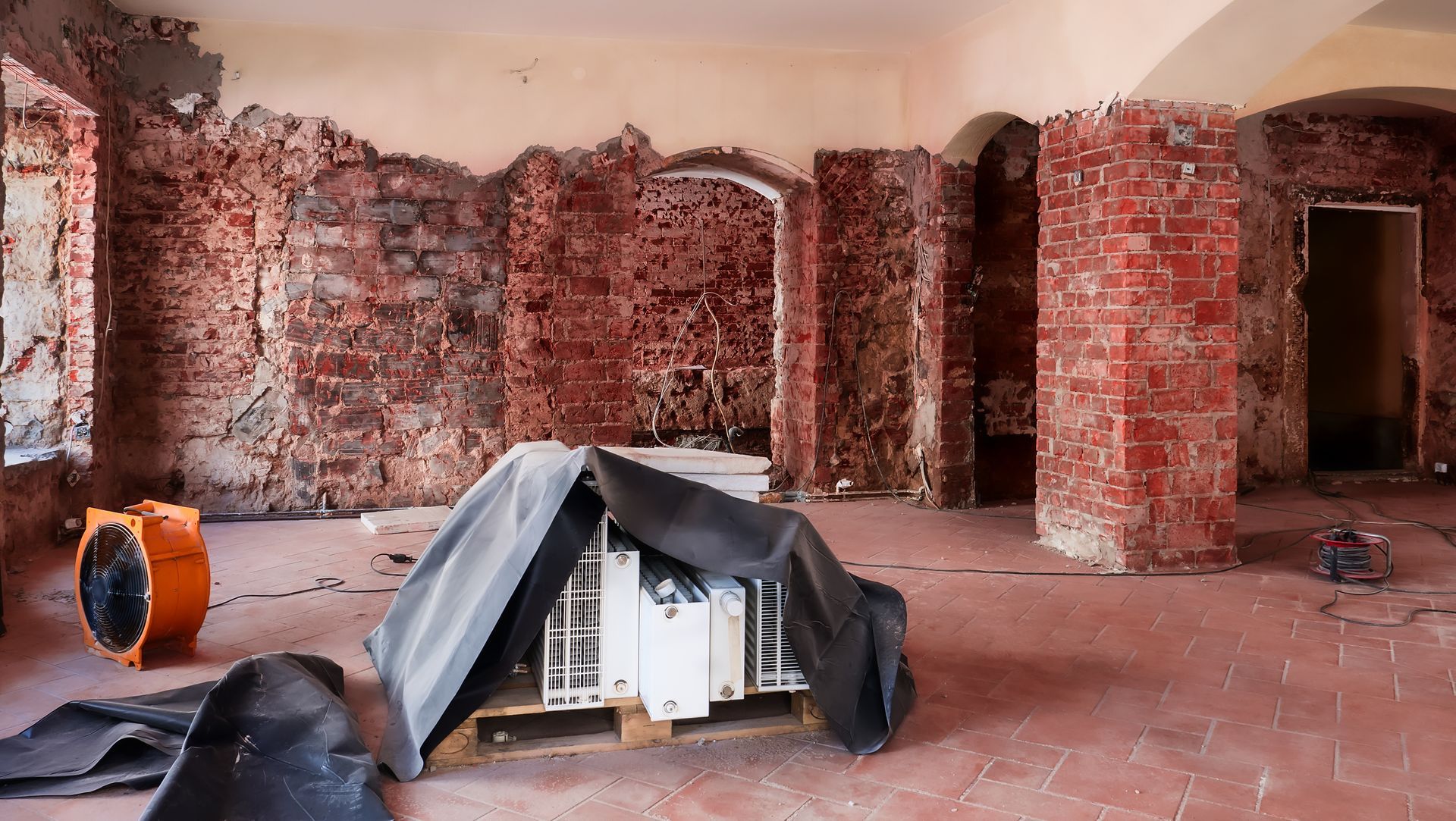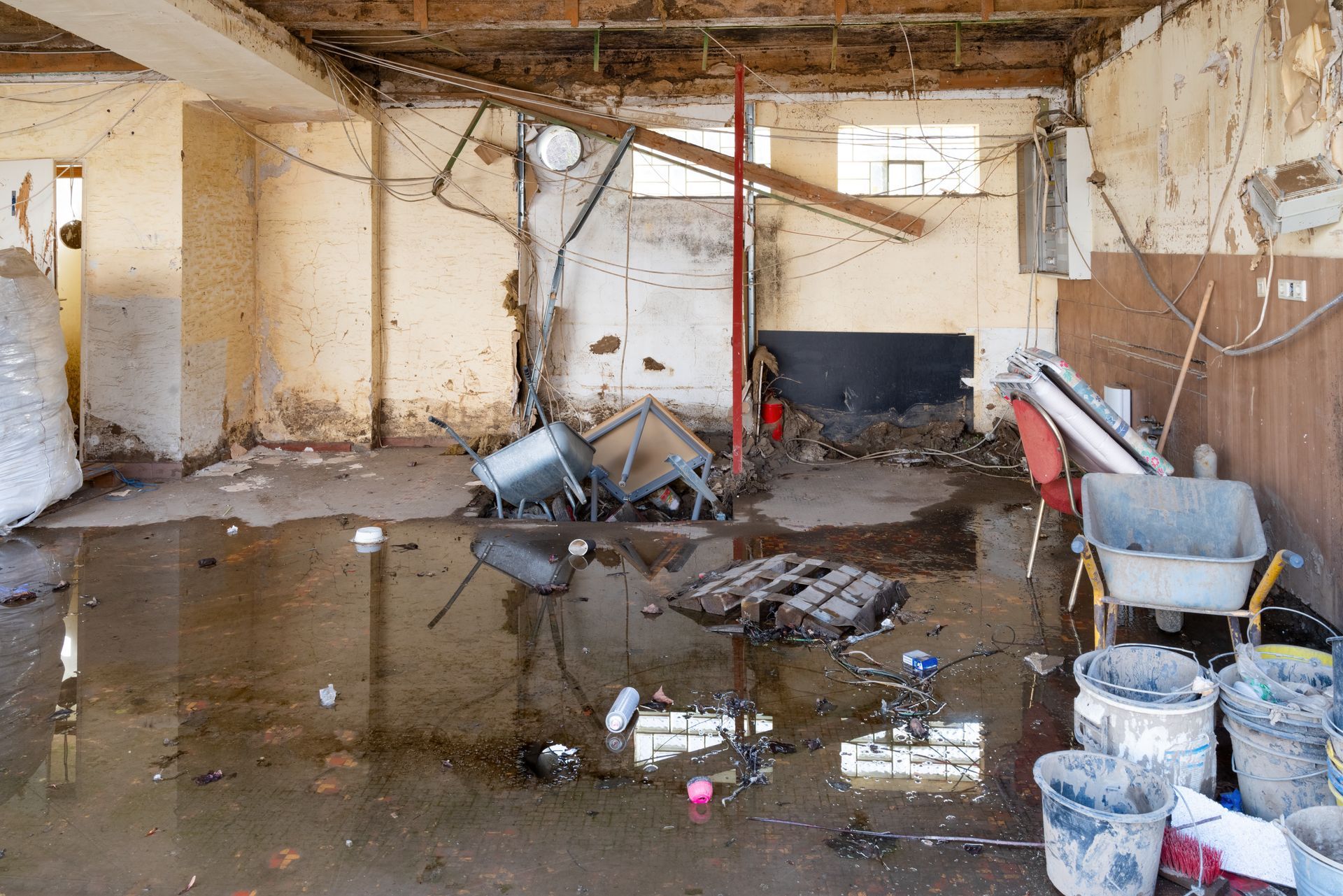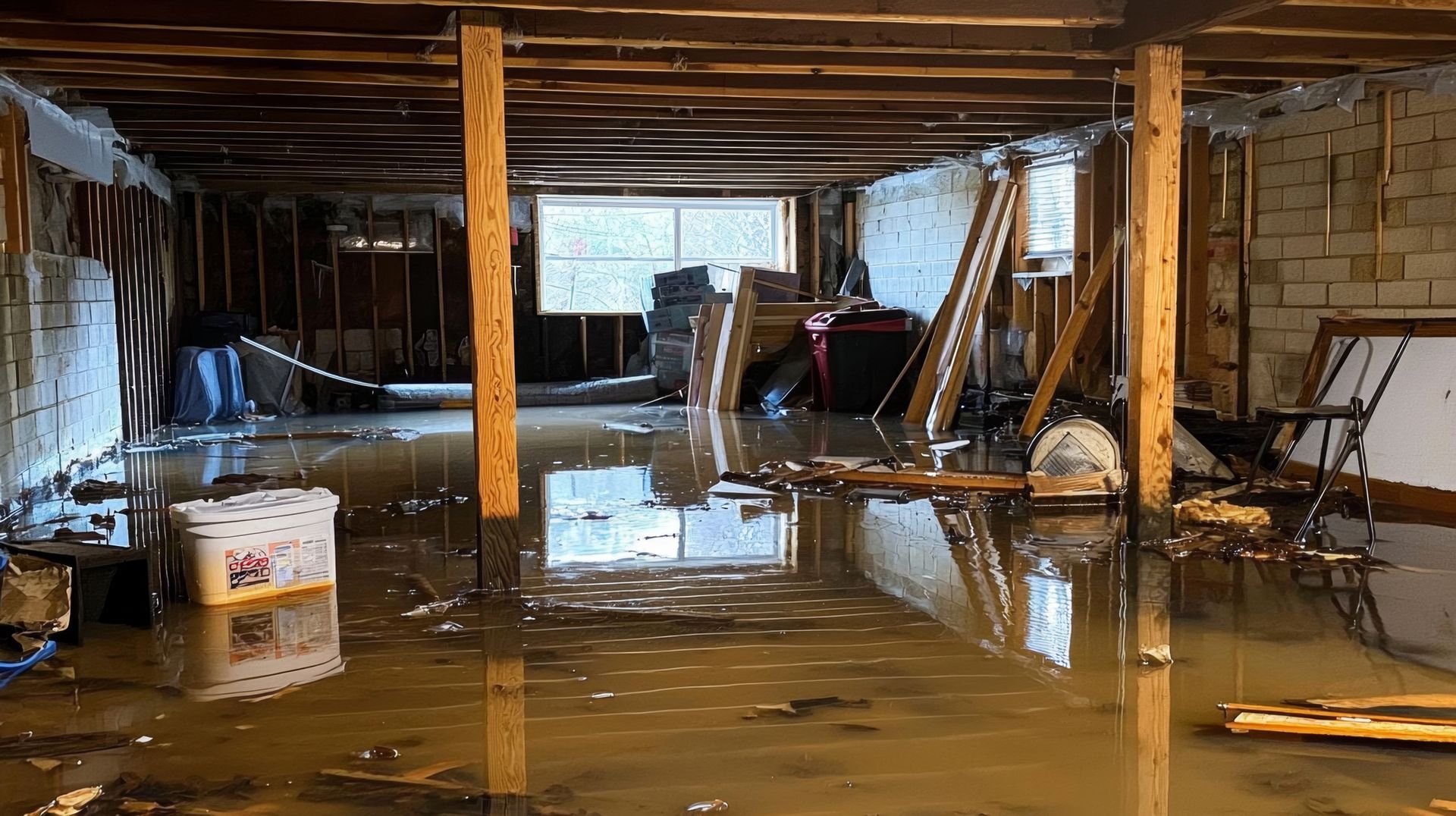Fire Restoration Services: Understanding the Importance of a Fire Damage Assessment
Fire damage can wreak havoc on properties, causing structural damage, smoke residue, and other issues. Conducting a thorough fire damage assessment is essential to develop an effective restoration plan.
Initial Inspection After Fire Damage
The first step in a fire damage assessment is conducting an initial inspection of the property to evaluate the extent of the damage. Restoration specialists carefully examine the affected areas, looking for visible signs of fire, smoke, and water damage. They assess the structural integrity of the building, identify safety hazards, and document their findings through photographs and detailed notes.
Fire Damage Classification
After the initial inspection, restoration professionals classify the fire damage based on its severity and extent. Damage may be categorized as minor, moderate, or severe, depending on factors such as the size of the fire, the duration of exposure, and the type of materials involved. This classification helps determine the scope of restoration work required and guides the development of a restoration plan.
Smoke and Soot Damage Assessment
Smoke and soot can penetrate deep into building materials and furnishings, causing discoloration, corrosion, and lingering odors. Restoration professionals assess the extent of smoke and soot damage throughout the property, including walls, ceilings, floors, and HVAC systems. They use specialized equipment and techniques to identify hidden smoke residues and develop a comprehensive plan for cleaning and deodorization.
Water Damage Evaluation After a Fire
In addition to fire and smoke damage, properties affected by fire often suffer water damage from firefighting efforts. Restoration experts assess the extent of water damage, including moisture intrusion, structural saturation, and mold growth. They use moisture meters, thermal imaging cameras, and other tools to detect hidden water damage and develop a plan for drying and water extraction.
Content Inventory and Salvage After Fire Damage
During the fire damage assessment, restoration specialists also inventory and assess the condition of contents and personal belongings affected by the fire. They identify salvageable items, prioritize restoration efforts, and document any irreparable damage for insurance claims purposes. Restoration companies, like us at GRS, may offer content cleaning and restoration services to salvage valuable possessions and minimize losses for clients.
Fire Damage Documentation and Estimation
Throughout the fire damage assessment process, restoration professionals meticulously document their findings, observations, and recommendations. They provide clients with detailed reports outlining the scope of work, estimated costs, and timelines for restoration. Clear and transparent communication is essential to ensure clients understand the extent of the damage and the steps involved in the restoration process.
A comprehensive fire damage assessment is essential for effective fire damage restoration. The experts at Guarantee Restoration Services have the experience, expertise, and resources to safely and effectively help your property after a fire.






